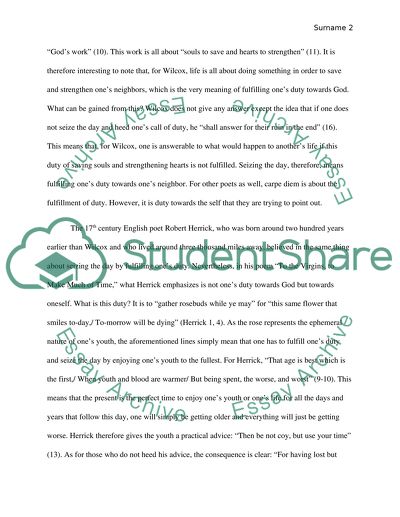Cite this document
(“Seize the Day Essay Example | Topics and Well Written Essays - 1750 words”, n.d.)
Retrieved from https://studentshare.org/literature/1433140-seize-the-day
Retrieved from https://studentshare.org/literature/1433140-seize-the-day
(Seize the Day Essay Example | Topics and Well Written Essays - 1750 Words)
https://studentshare.org/literature/1433140-seize-the-day.
https://studentshare.org/literature/1433140-seize-the-day.
“Seize the Day Essay Example | Topics and Well Written Essays - 1750 Words”, n.d. https://studentshare.org/literature/1433140-seize-the-day.


